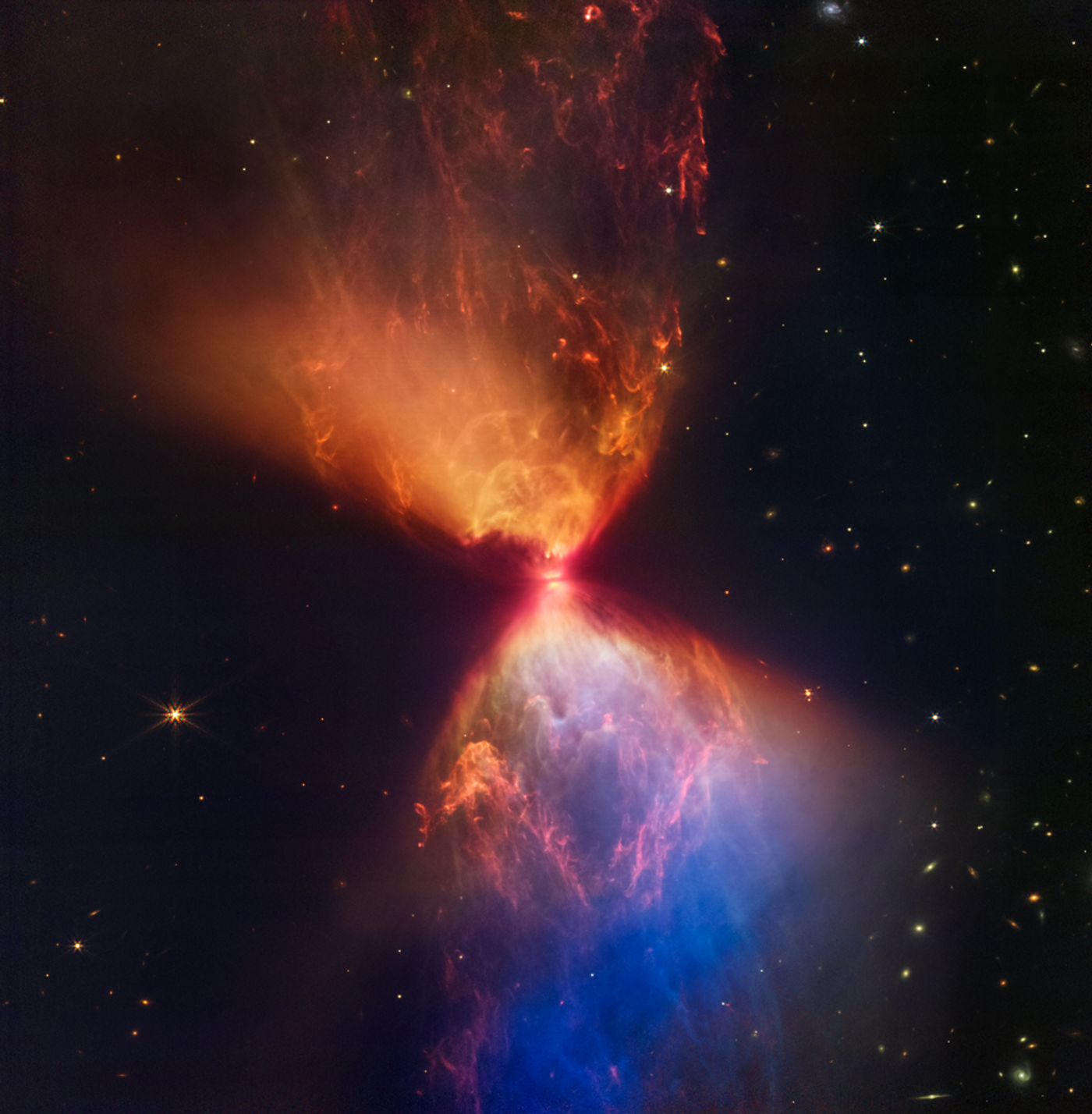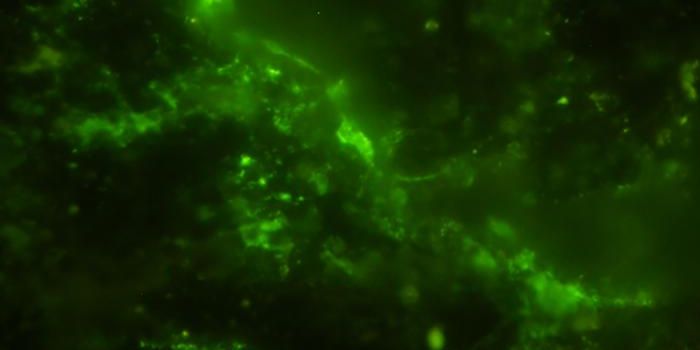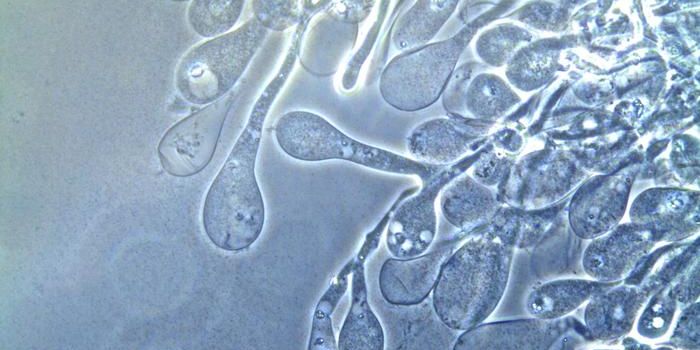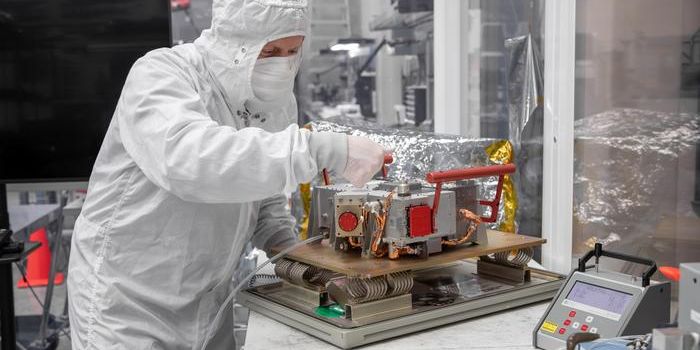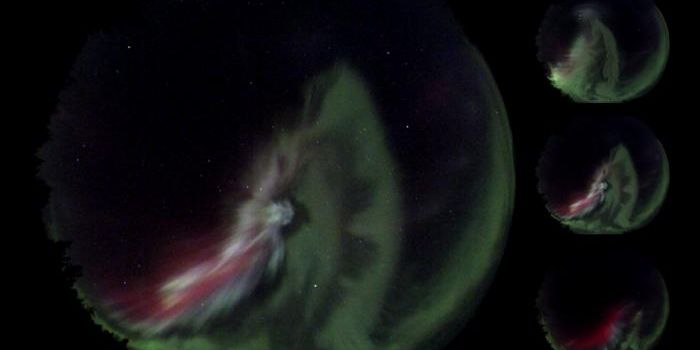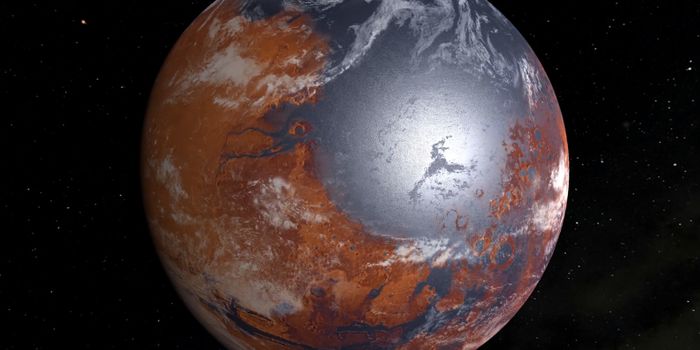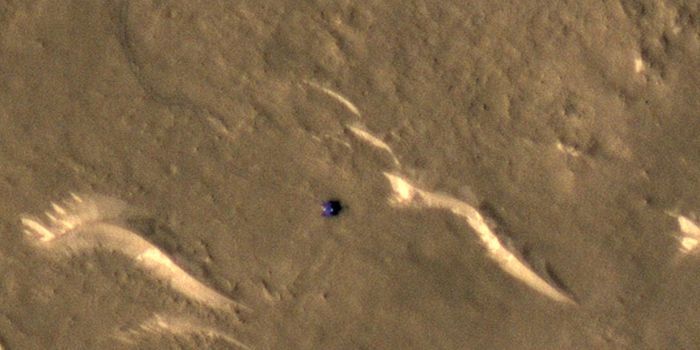JWST Images a Star in the Midst of Formation
This image can easily be mistaken for a planetary nebula, but it is actually an image of a young star in the midst of formation. L1527 is an embedded protostar within a dark cloud in the Taurus star forming region. The image was captured by the Near-Infrared Camera (NIRCam) on NASA’s James Webb Space Telescope (JWST).
L1527 is classified as a class 0 protostar, meaning it is in the earliest stages of star formation; it has an age of approximately 100,000 years. At this stage of star formation, protostars are still embedded within the molecular clouds of gas and dust in which they form from. This young stellar object has many years (possibly millions!) before it comes a star, burning hydrogen to helium in its core.
L1527 is still forming within the molecular cloud. At the moment, it is an unstable, small, hot, and puffy clump of gas with approximately 20-40% the mass of the Sun. The young stellar object will continue to grow as it steals material from its surrounding cloud. As it grows in mass, the core of the protostar will compress, growing denser and hotter, until it is finally hot and dense enough for stable nuclear fusion of hydrogen to occur. As the material is falling towards the protostar, it spirals around it. This process creates a dense disk of material surrounding the star. The disk is known as an accretion or protoplanetary disk, which will continue to feed material onto the protostar until it is hot and dense enough for nuclear fusion to begin. This disk will also serve as the birthplace of planets for this burgeoning solar system.
The protoplanetary disk for this protostar can be seen in the center of this image as a dark band in front of the bright central region. It is viewed edge-on, or from the side, and it is about the size of our solar system. The protostar is hidden from view; its light is blocked by the very dense protoplanetary disk. Light from the protostar is able to escape from above and below the disk, and we can see that light illuminating the surrounding gas and dust.
The molecular cloud glows bright in artificially colored blue and orange light in this image, representing shorter and longer wavelengths of infrared light, respectively. The different colors represent different densities of dust within the cloud: orange light represents the denser regions and blue right represents the more tenuous regions. Thicker layers of dust do not allow blue light to escape. Throughout the cloud, you can see cavities that were produced by material that was ejected from the protostar colliding with material in the cloud.
Source: nasa.gov
